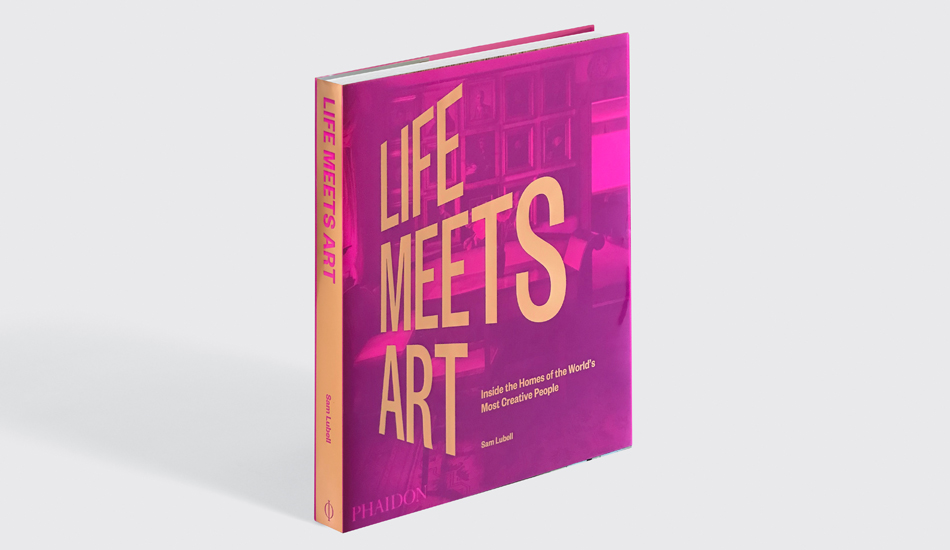
INTERVIEW: Sam Lubell on why the homes of Versace, Monet and Elvis reflect their creators (and why those of Ibsen, Pollock and Corbusier kind of don't)
The Life Meets Art author on the home life of creative people
Is home making a fine art? It’s difficult not to reach that conclusion after leafing through the pages of Life Meets Art. Sam Lubell’s new book, subtitled, Inside the Homes of the World's Most Creative People, details the domestic settings belonging to the world’s greatest painters, writers, designers, sculptors, musicians and composers, from Leonardo da Vinci to Louis Armstrong, Alexander McQueen to Alexander Pushkin, René Magritte to Elvis Presley.
Its author, the influential architectural writer Sam Lubell is the perfect fit for such a publication, having authored previous Phaidon titles such as our Mid-Century Modern Architecture Travel Guides, and Houses: Extraordinary Living. In this interview, he describes the book’s research and development, how Monet's home inspired his water Lilies, why Ibsen's place was surprisingly bourgeois, and the 'madman's cave' of a globally renowned artist. As he says: 'Somebody’s excitement is somebody else’s chaos. Normal is different for all of us'. Read on to find out how the world’s most creative homes found their way onto the printed page.
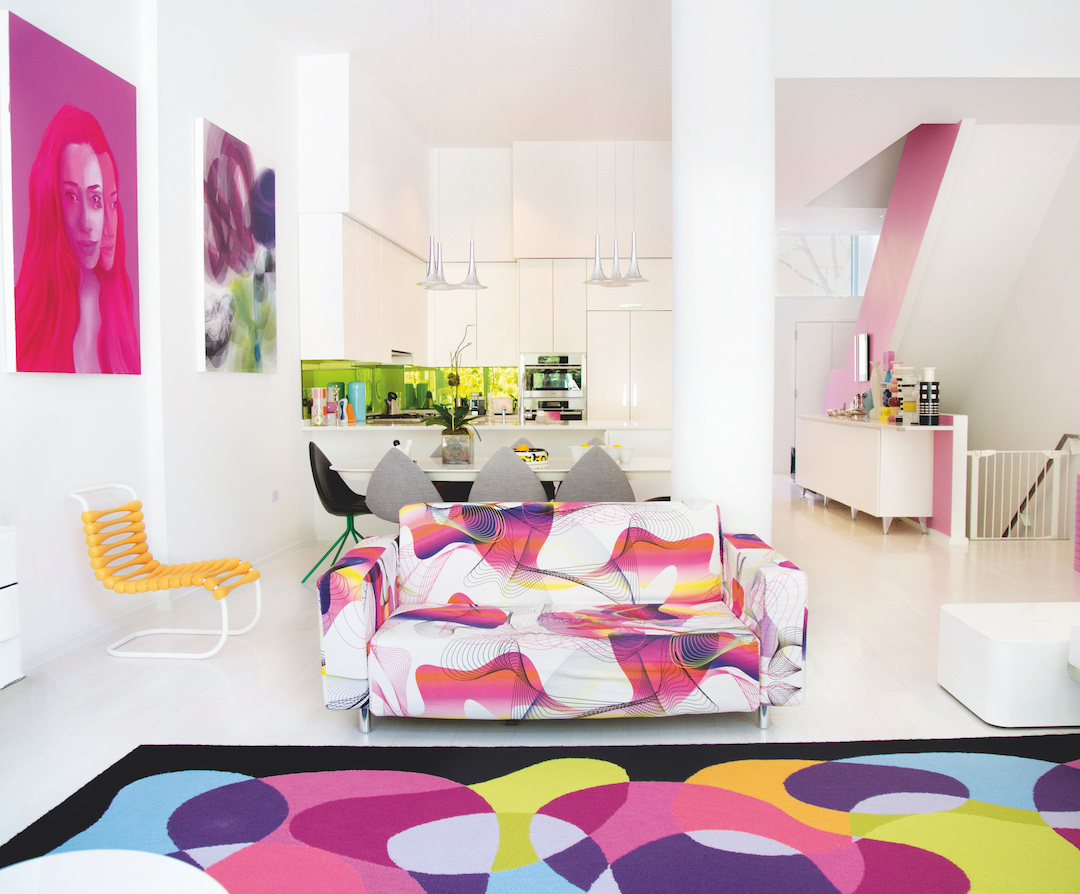
Is there one thing you discovered on your research that’s common to a creative person’s habitat? It’s an interesting question. It’s hard to say there’s one thing. Because people are so different but one thing I found in the research for the book is that homes do act as reflectors of their creators, they are extensions of people. It's an interesting collision - their taste and how they live. You see a side of people we think we know. It can be very revealing about their sources of creativity. It’s almost like another biography of somebody.'
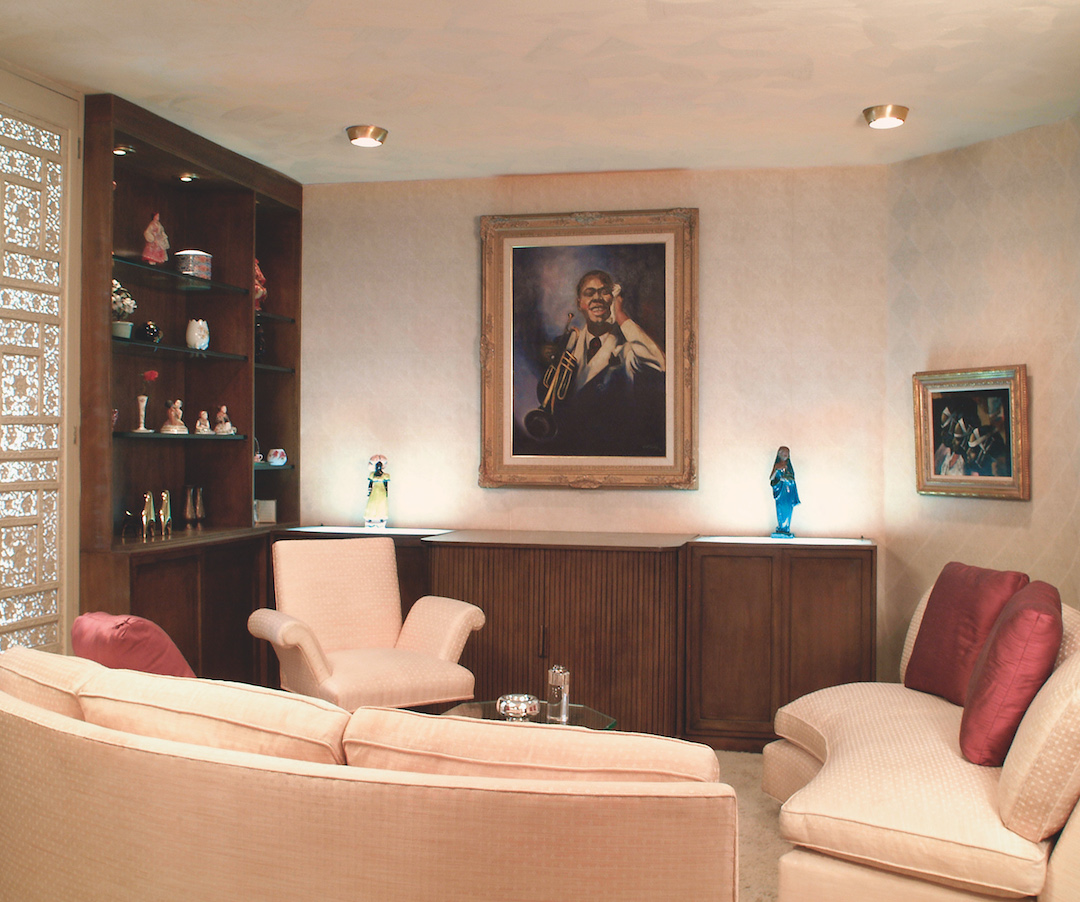
A trend perhaps? I see trends that are common among different creatives. Writers often have a little space where they go to get away and often it has a view. Artists have the creative space of the studio and no matter where they are they obviously tend have indirect natural light coming in. Writers like lofty spaces. So there are trends along those lines. Architects obviously have very architectural spaces! Out of all the creatives they tend to mess around with their spaces the most! They have a huge influence on their house, versus a writer who chooses a space where they may have scenery. So in the book you can discover things about where their creativity comes from both in themselves and in their surroundings.
The most famous example of this is Monet and the water lilies. He was very talented in flowers and gardening and he, along with his gardeners, created those water lilies, which became what he is widely known for. But there are so many examples. Tennyson was so inspired by his grounds that he wrote a poem called Flowers. A lot of Agatha Christie’s stories were set in the rural area and the grounds of her house: Dead Man’s Folly and Five Little Pigs for example. Some of Christian Dior’s fragrances came from the realisation that he could put flowers in fragrances from the flowers in his garden in Provence. So there are many examples where surroundings inspired creativity.
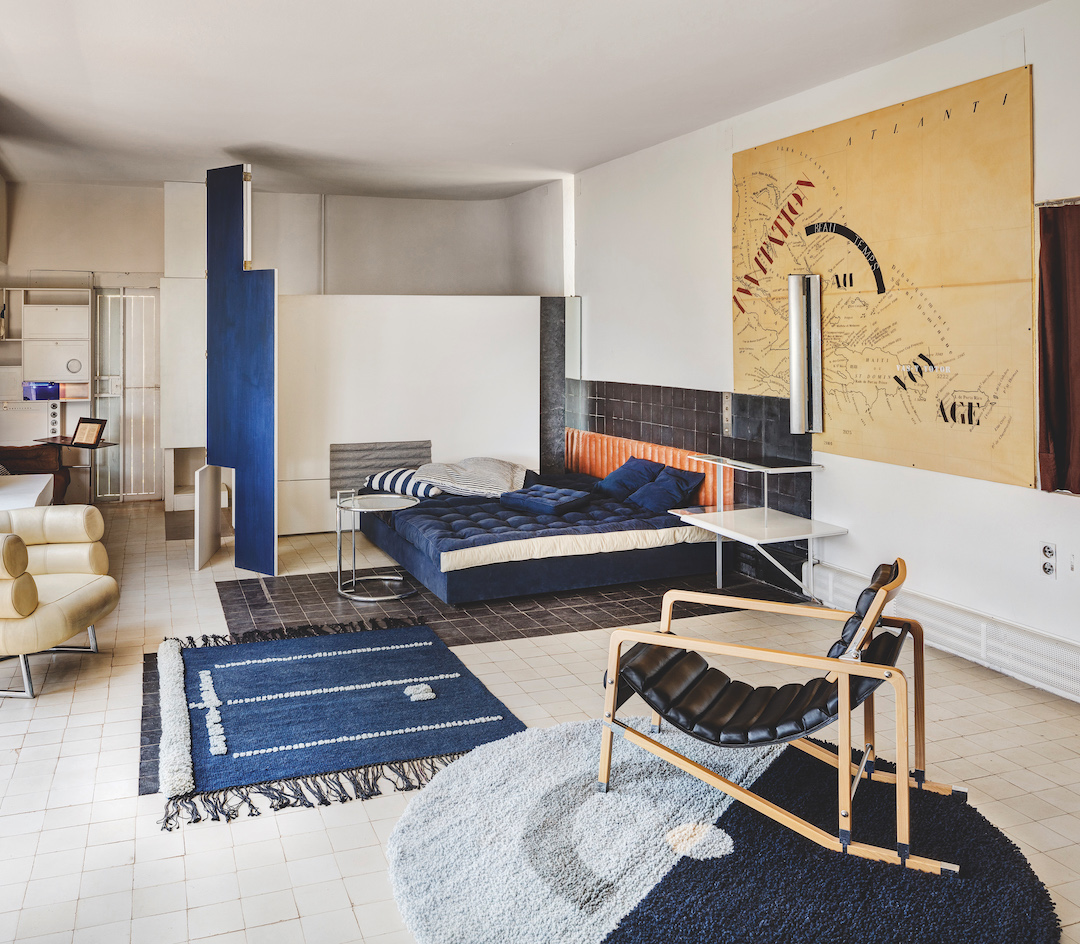
Are there any homes devoid of the character of their creative owne Even when it’s very empty it reveals something. In Picasso’s house his art takes over the space but the space itself is a bit of a mess. He’s so single minded with his work he doesn’t think about the house and the art takes over.
There were very few that I found that were antithetical to the work. But a good example was Jackson Pollock and Lee Krasner’s house in the Hamptons. People know Pollock for paint everywhere and their artistic exuberance as a couple but their house itself is quite fuddy-duddy and rustic. It’s hard to know why that’s the case but it seems they put all their intensity and work into the studio.
Another example of this I thought at first was Corbusier; not his main house in Paris, but his country house on the French Riviera. It’s almost like a cabin – all wood and very modest. So you’re surprised by that but when you look closer and you see that there are pre-fabricated elements, there’s some colour and it’s sort of a rejection of cottages in the area. It’s a cottage but it’s very modern, although it’s still not what you might expect of Corbusier.
Henrik Ibsen lashed out at the powers that be, and the bourgeois lifestyle, but his house is actually quite bourgeois I thought it would be simpler.
Samuel Taylor Coleridge is known for his sweeping epic romantic poetry and his house is very simple and humble with stone fireplaces. The reason for this I believe is that he was well educated but he was not wealthy and lived in near poverty with his wife for the first part of his life, addicted to various opiates. So everybody had surprises!
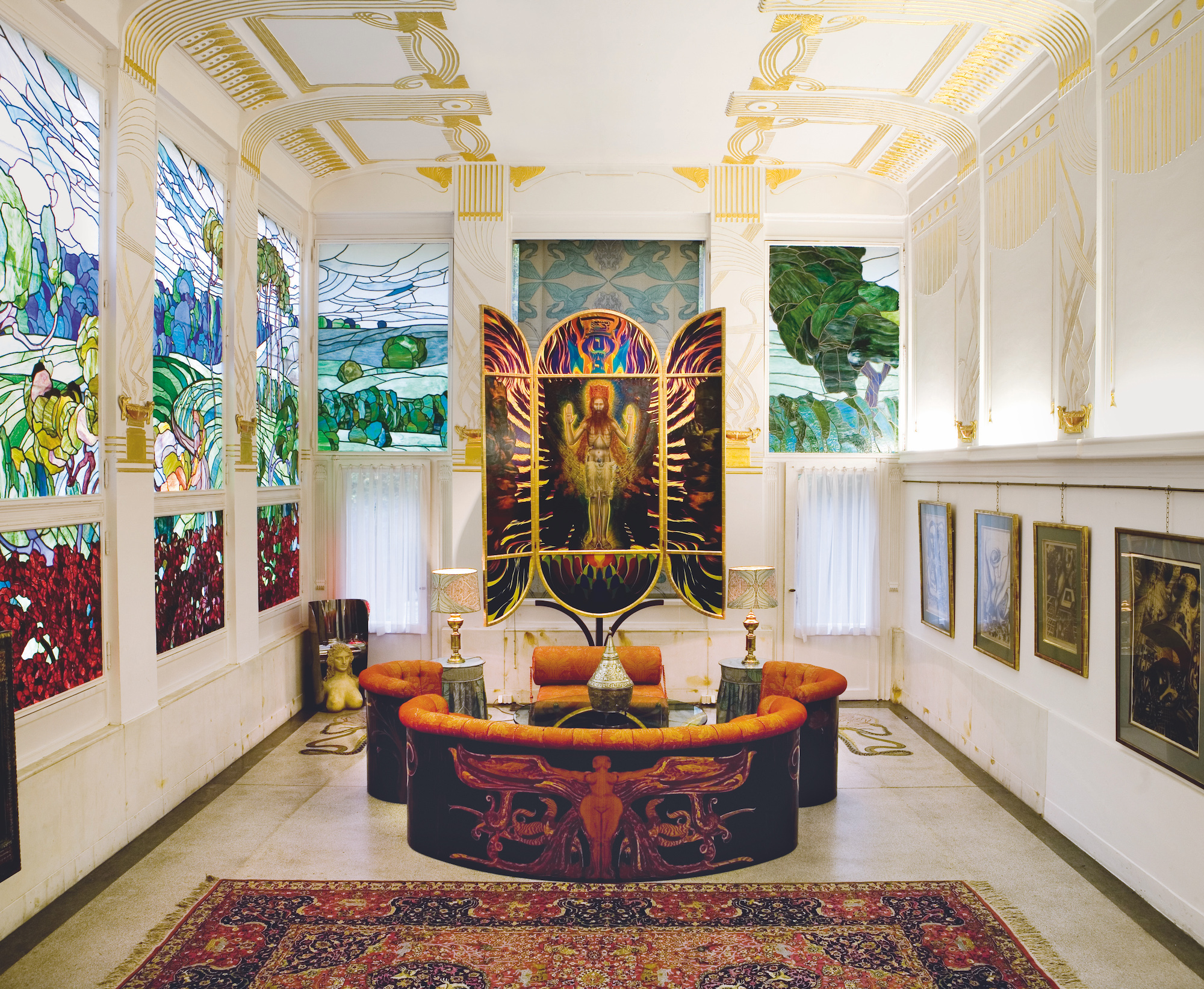
Was there a home you came across where you thought I could not live in that?! Francis Bacon’s. It’s just so intensely insane – one of the world’s great messes and it talks about his inner tumult. He had a very troubled childhood, a lot of illness and war and repressed sexuality. And his later life was tumultuous too. But he felt at home with that and he was inspired by it.
The contents were like a crude artwork for him and he saw shapes out of the mess of magazines and papers. It had madman’s cave aspect to it and he was inspired by it. Somebody’s excitement is somebody else’s chaos. Normal is different for all of us!
The book also throws up a number of contradictions. I love Nikki de Saint Phalle’s home as a piece of art but it’s not a peaceful setting. Jimmy Page’s home is so ornate and frilly and upper crust and there’s a butterfly room – not what I think about when I think about the guitarist of a rock band that was known for its tumult.
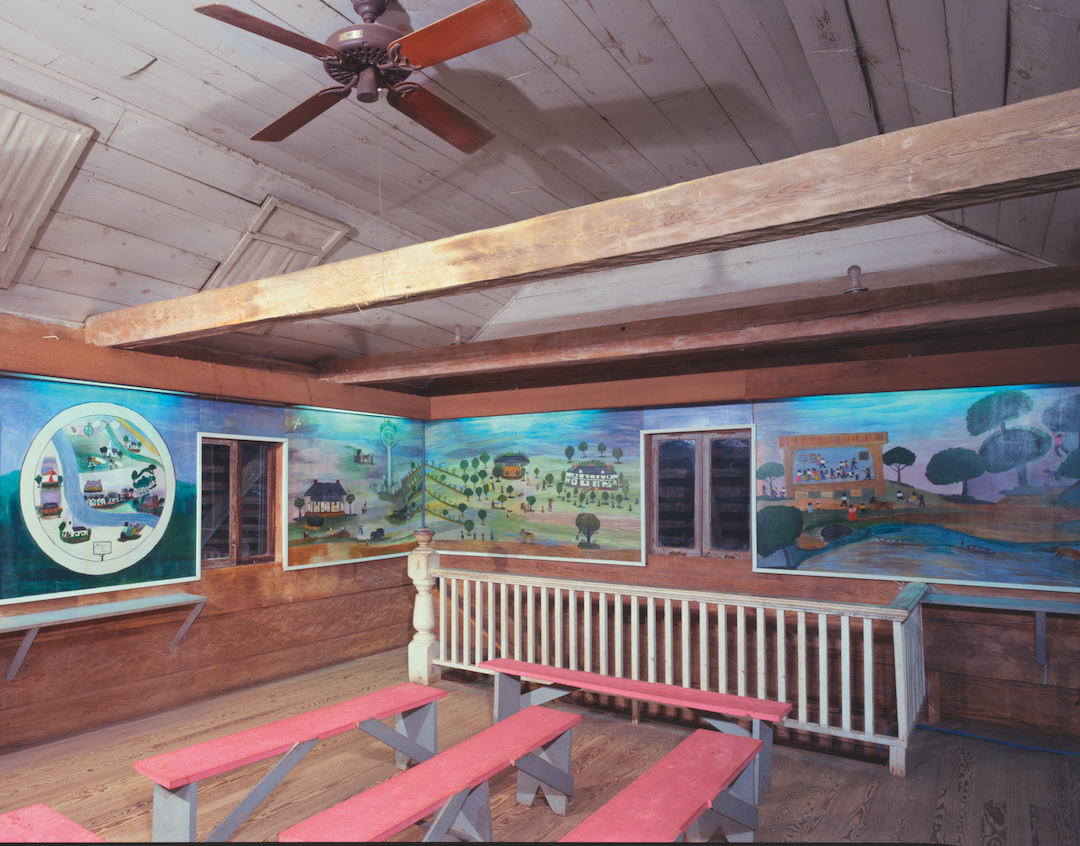
Having looked through these homes, do some creative disciplines yield better looking homes? Once again, ‘better’ is definitely in the eye of the beholder. I would say the most original – in terms of the design of the house itself – are by architects and then artists. As visual people they’re always going be doing more work on the surfaces of the home itself. But there are some writers who are incredibly adept at design. Edith Wharton was essentially an architect. Hers is a beautiful house. And so she’s an example of a writer who created a classical house that rebelled against the frilliness of the Victorian age she grew up in. she wanted to go back to the simplicity of classical design.
Victor Hugo’s homes were all incredibly designed and he was interested in furniture making and he worked with carpenters to create these kinds of furniture ‘mash ups’. He was a writer who was very gifted at interior design of his house.
Generally architects especially are trying to build a statement for their practice and push the boundaries of their forms and a lot of those architects’ houses become standards of a new kind of architecture. The best of them were trying to make new narratives of architecture with their houses.
And the same is true of artists in a lot of cases. Verner Panton doing stalactite shell-like structures on his ceiling, or Dali doing an incredible surrealist houses with egg shaped towers. Or The Blue House where Frida Kahlo took an existing family house and painted it all blue and filled it with her own art and the art of indigenous people in Mexico, with a pyramid in the yard. It’s just incredible to see what some people did to their homes.
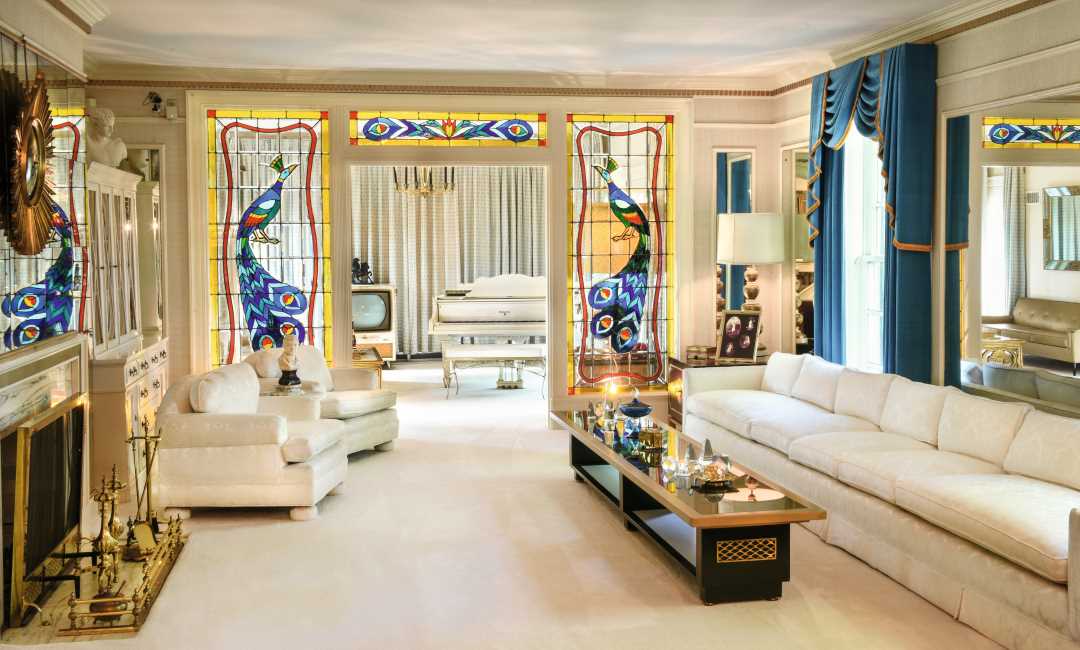
And then there is something like Graceland which was once described as the Taj Mahal of aesthetic misjudgement. Do you put that down to Elvis, the Seventies, the drugs? Elvis’s forté was not in visual art. And his taste was not mainstream. He was dirt poor from Mississippi, so his idea of what was splendid and beautiful is different to what mine might be. My gaudy is his beautiful. He was certainly not shy. By the same token, a lot of people thought his music was horrendous when it first came out but he was not afraid. I’ve been there several times. It’s over the top but it’s fascinating and it’s not boring.
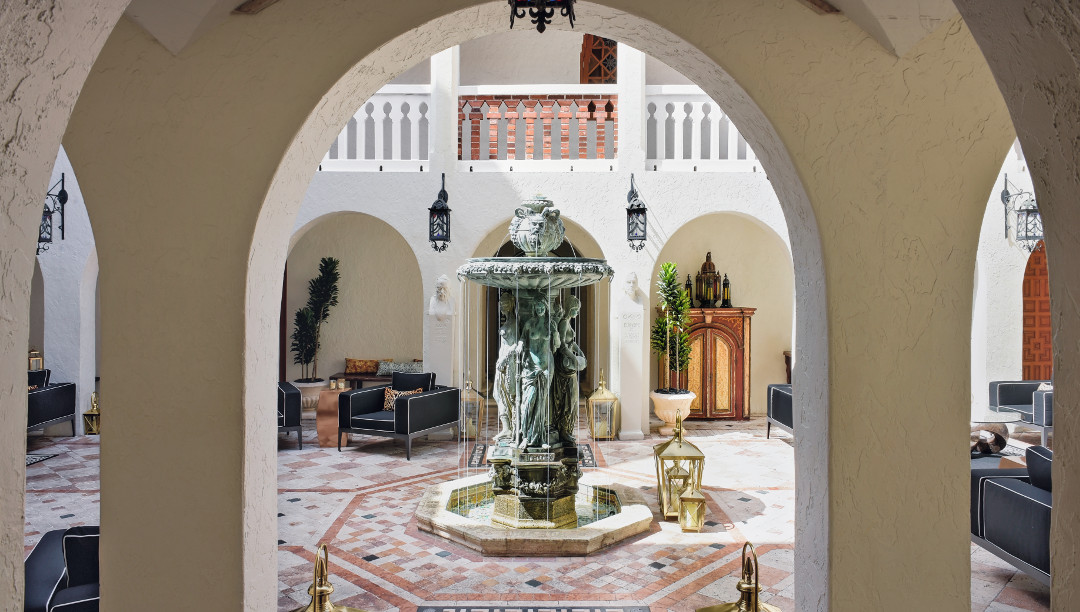
The book is not presented chronologically but is there a chronological aspect to it that smarter minds might discern? It’s certainly not organised that way as a book but I did notice trends. Today trends switch every two weeks, but ideas didn’t filter out then as they do now. Having studied art history and architectural history you do see those trends playing out on a larger scale. Even though the houses are different, because the people are so different, they’re working within a palette that is within a certain movement.
So I’ll see houses from the early nineteenth century being neo classical and you see people working within that realm. And later in the nineteenth-century you start to see these changes bubbling up so you have these neo historical movements, the kind of Victorian and eclectic and revival styles moving into completely new styles: art nouveau, arts and crafts. And then you start to see things move through that and the beginnings of modernism. You start to see parameters within which people shift and change but there are larger trends.
Even Frank Lloyd Wright who says he didn’t follow anything you can see the influence of Japanese architecture and the influence of arts and crafts. We don’t know how much were all being influenced but we all are.
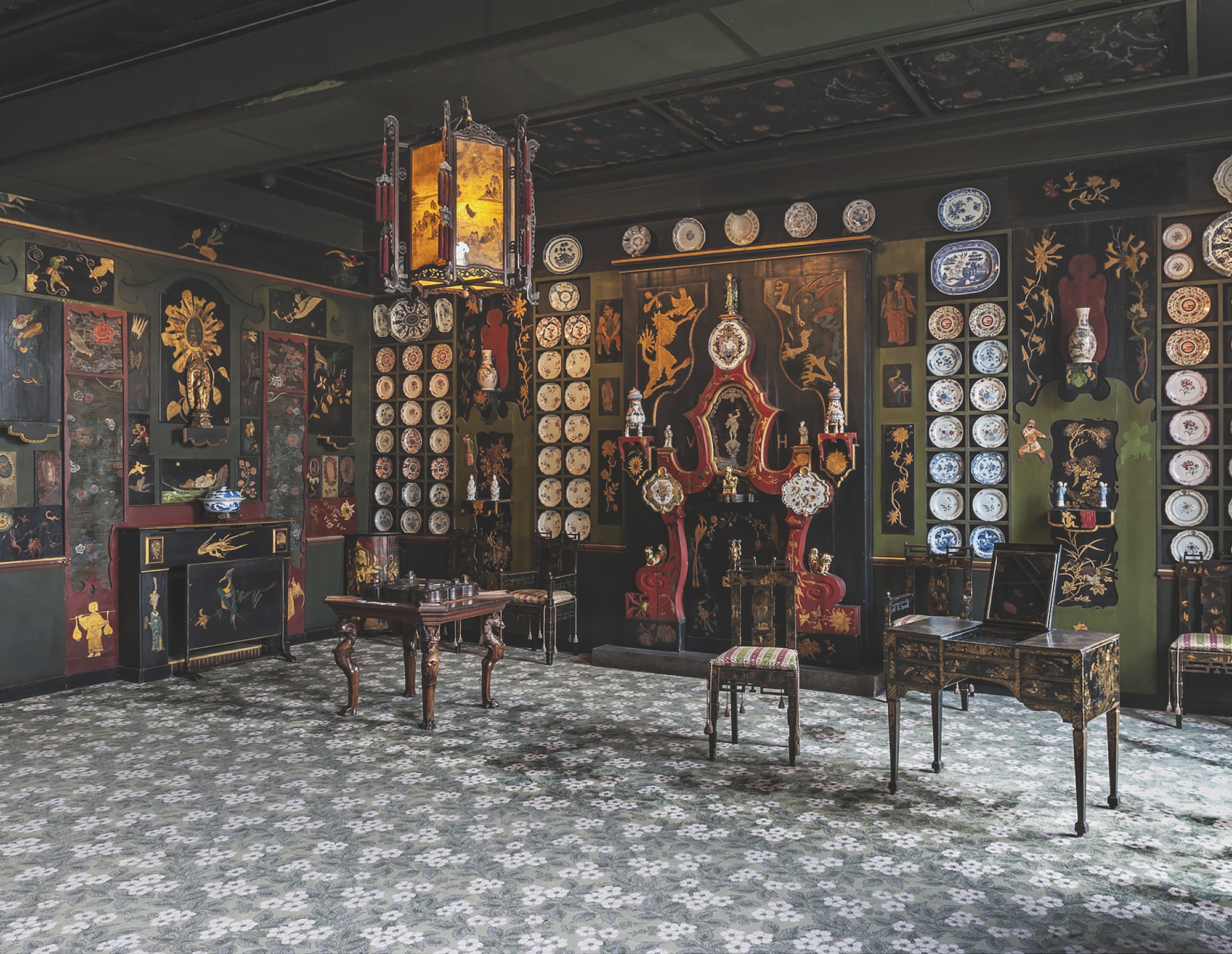
Some of the homes - Karl Lagerfeld and Gianni Versace’s in particular - are so visually illustrative of the character they presented to the world – were there other people in the book, perhaps less flamboyant, but equally exhibitive of their own imperial periods? Yes, a lot of these houses typify the peak periods of these people’s careers. Some are atypical but there are many examples where they really nail it.
Versace nails it. That’s who he was. He was over the top and he loved luxury, luxury through history and the peak of flamboyance. That house is so connected to him. Charles Rennie Mackintosh however, is also a good example. The architecture is indicative of him and the art is too – every square inch. He designed the table, the tablecloth, the bookshelves, the books. It’s a total work of art. You’re so immersed in it it’s really wonderful.
Another good example of this is Konstantin Melnikov. This was the stage of the Russian revolution where the people were going to invent a whole new history - before it got co-opted by Stalin and became totalitarian. In Russia he designed this house with hexagonal windows. The home is going to be a whole new thing so we’re going to make two cylinders not a cube so that when you’re inside you’re immersed in a whole new way of living.
He even experimented with sleeping, making different colours for sleeping rooms all based on science. You’re sort of immersed in what we know is wrong is now going to change. Peak constructivism, peak Melnikov and peak rethinking the world.
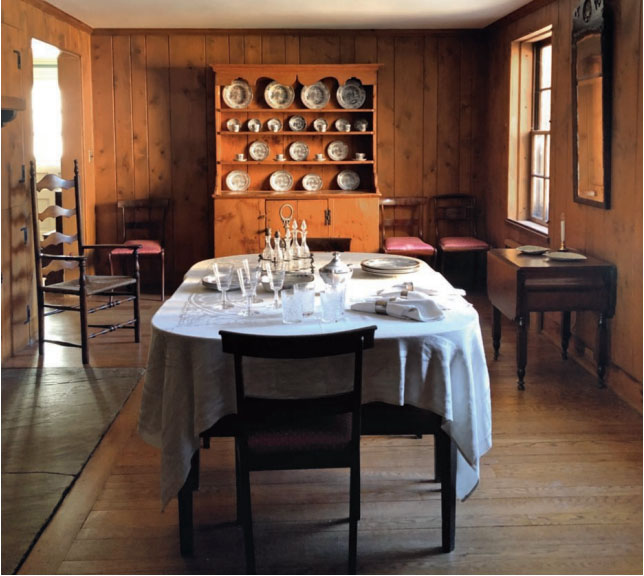
And finally, given all that has happened this year to make us re-evaluate the role of the office in our working lives, is there anything the book can teach us about creative labour at home?
The idea of going into an office has not always been the norm and creative people have very rarely done that anyway. The idea that so much of the core of these people is in their homes, and reflected in their homes, has been inspiring to me. So I think it can be inspiring to people in helping them think about their home should as a canvas of who they are. I think people are restructuring their home spaces to become more amenable to work so yes, this book is relevant in that way.
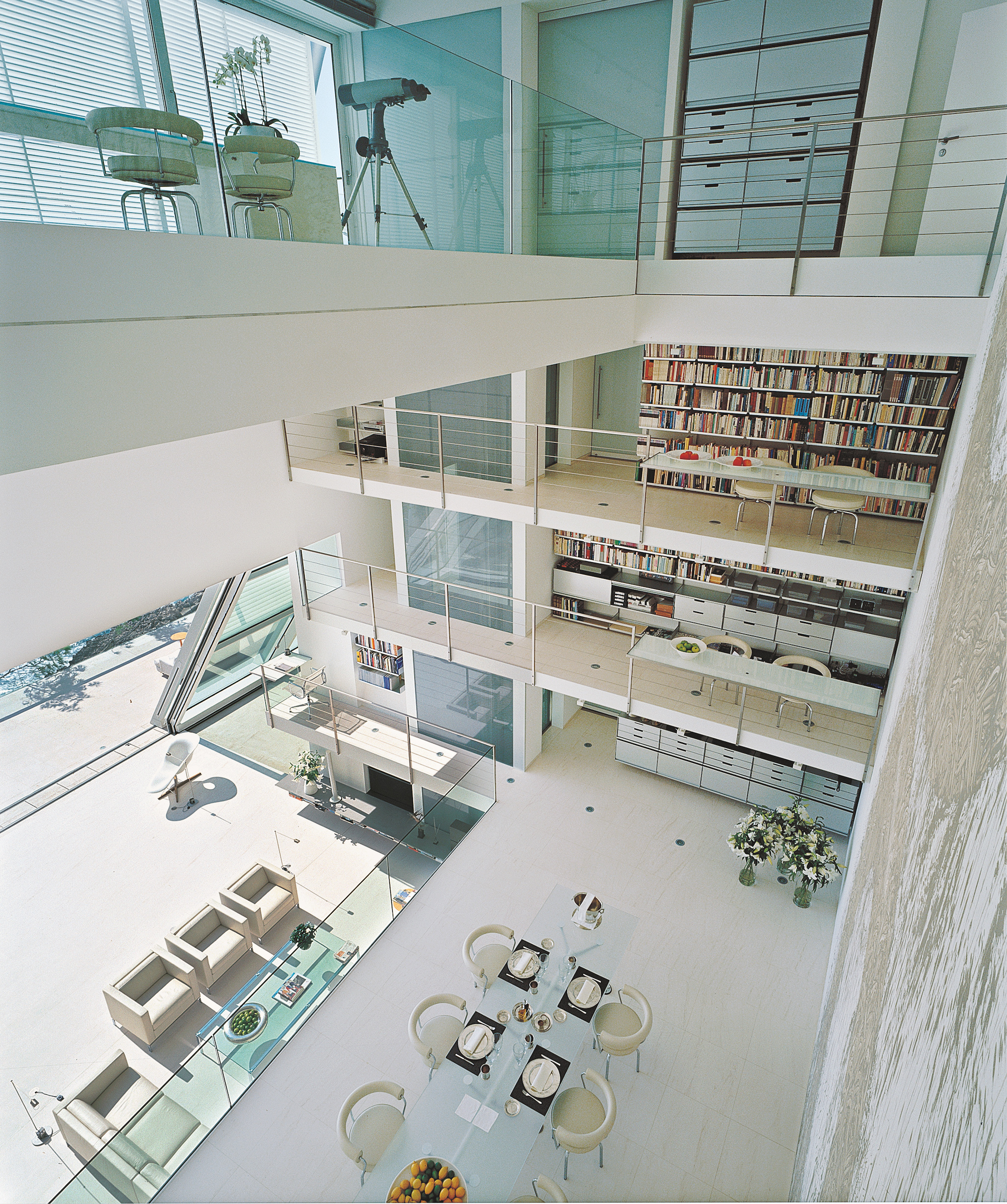
Read much more from Sam and to see all the places he's mentioned, get a copy of Life Meets Art here.
